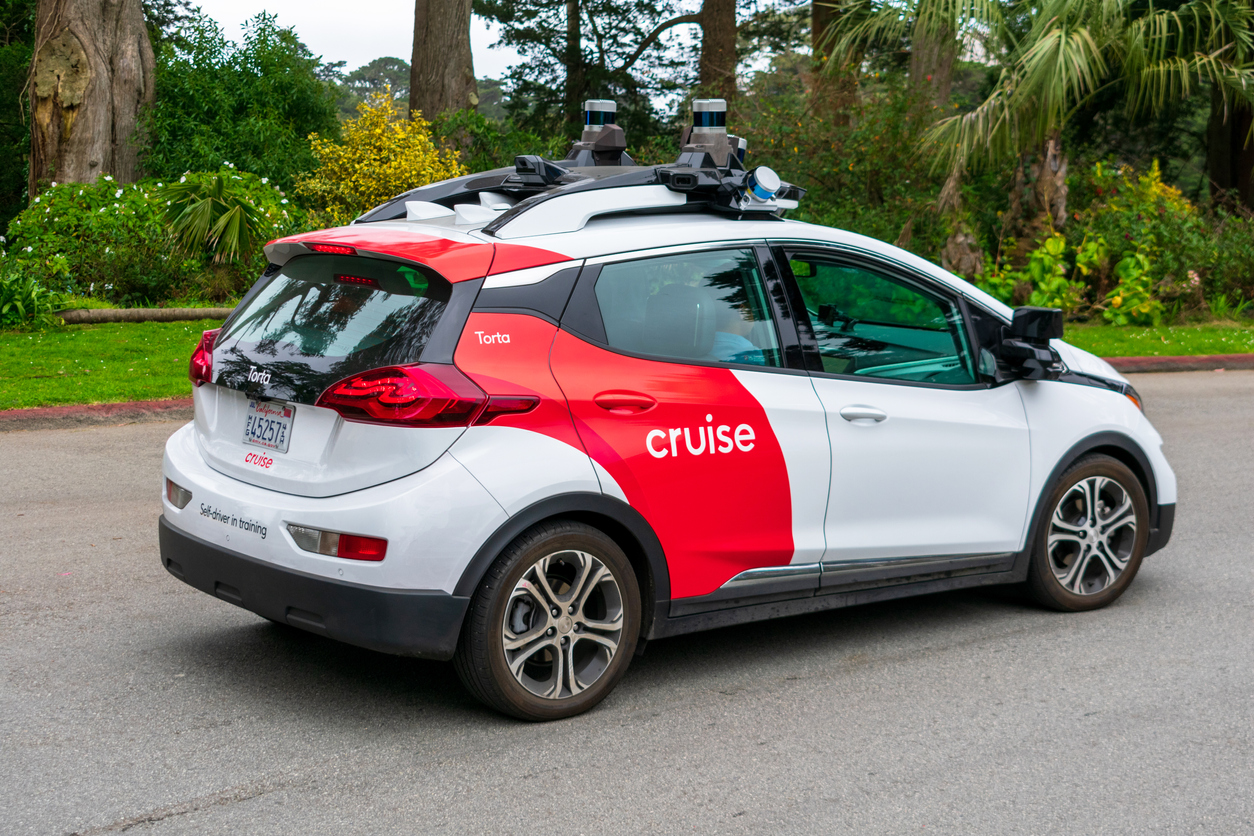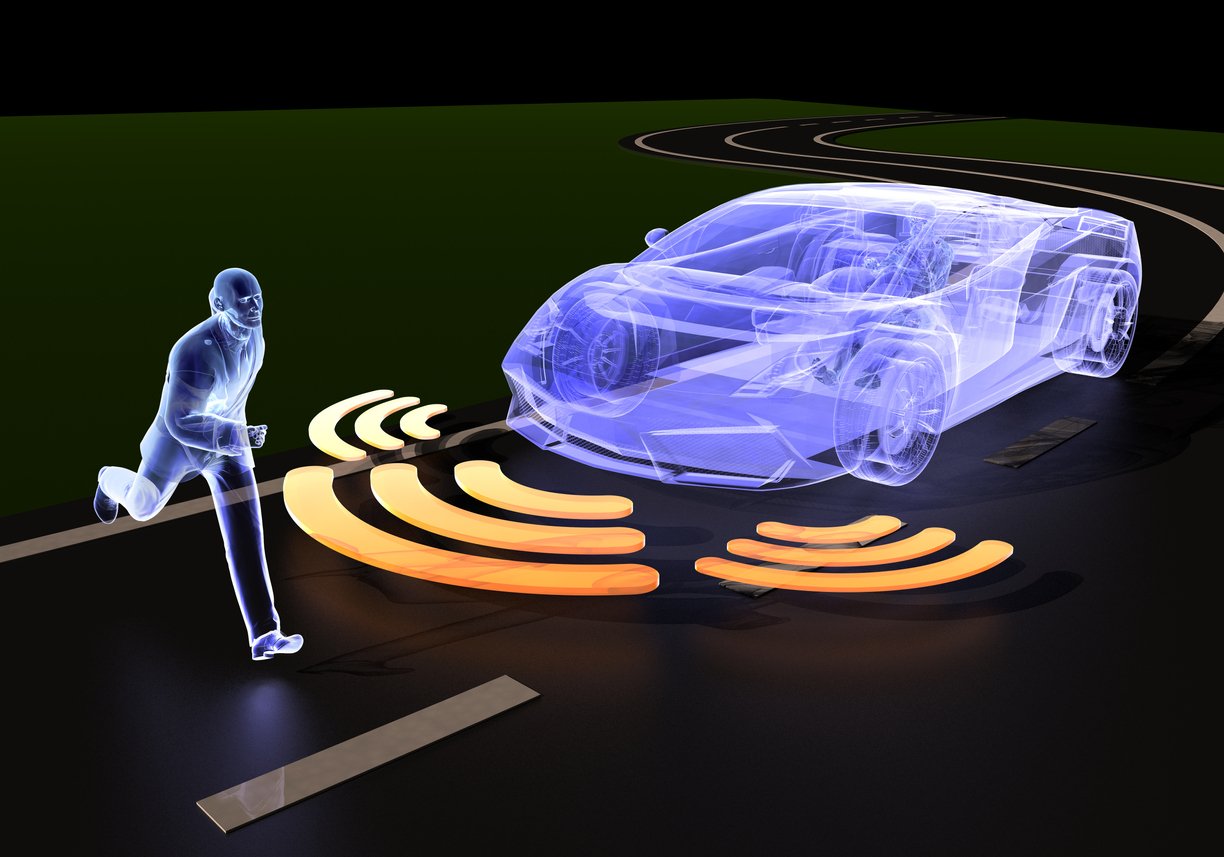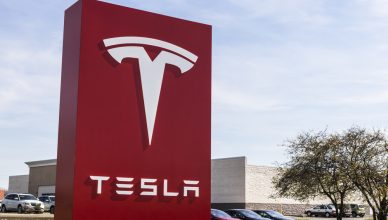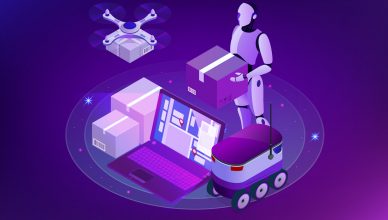Around five years ago, driverless cars seemed almost ready to become mainstream and take over the roads. Here’s what the top businesses and reputed publications said:
- “By the end of 2017, one of Tesla’s cars will be able to drive from New York to Los Angeles without the driver having to do anything,” said Elon Musk in 2016.
- “By 2020, over 10 million driverless cars will be on the road,” said Business Insider in 2016.
- “We will be mass-producing fully autonomous vehicles by 2019,” promised General Motors in 2017.
It’s already 2020 and human drivers are still behind the steering wheel. The day our roads are filled with cars whose drivers can take a nap or watch the latest blockbusters still hasn’t come. So, is the self-driving car technology even ready to hit the roads? Are autonomous vehicles just a blur on a distant horizon that seems to be racing away from us rather than drawing closer?
“Truly self-driving cars are several years off,” thinks NHTSA acting chief James Owens. And Uber, one of the forerunners in the field, had to put its program on hold after one of its test vehicles killed a woman in Arizona. Though Uber has resumed testing its autonomous vehicles in San Francisco, it’s going to be a while before fully autonomous cars transform our daily lives.
Want To See For Yourself How Route4Me Can Boost Your Profits?

Why the Delay?
Besides safety concerns, why is it taking longer than expected for autonomous vehicles to fill our roads? Here are our 2 cents.
Technology
Self-driving vehicles are dependent on light detection and ranging (LIDAR) technology that uses sensors to help vehicles detect, identify, and measure objects around them. These sensors are expensive and hard to produce. In fact, the companies that manufacture LIDAR sensors have admitted that they can’t match the pace and demands of automakers.
Also, LIDAR technology still has a long way to go. As companies continue to test autonomous vehicles in real-world scenarios, they uncover more challenges, for example, foggy or snowy weather and blind spots around turns.

Of course, there are also basic issues concerning vehicle-to-vehicle communication, smart roads that can help self-driving cars navigate, and even 5G for accessing and updating real-time navigation data. To date, these elements are neither ready nor uniform across the country.
Workforce
You may think that technological institutes have a ready curriculum to design and manufacture futuristic driverless cars, but companies are still building this technology from scratch. So, it’s not that easy to find a skilled workforce with just the right experience and understanding of designing and building fully autonomous cars.
As a result, there’s an insane battle going on to hire the right talent. This race to attract the best talent is evident from the fact that General Motors bought Cruise Automation, a 40-person company, for almost $1 billion.
Ultimately, the time needed for companies to acquire autonomous vehicle technology start-ups or to train out-of-college engineers to build futuristic cars will slow things down.
Safety
No matter how advanced artificial intelligence is or how sophisticated the sensors are, people quickly lose trust in technology. For instance, it didn’t take long to dent the industry’s confidence when one of Uber’s self-driving test cars killed a pedestrian in Tempe, Arizona. The safety driver behind the wheel of the autonomous vehicle was busy watching a TV show on a smartphone just before the crash, according to the Tempe Police Department.
Obviously, safety is a big challenge. But, equally challenging is teaching these self-driving cars the finer points or the micro maneuvers of driving on busy roads. For instance, if a vehicle ahead is looking for a parking space, it is best to maintain a safe distance and allow the car room to back into an available spot. Needless to say, we will have to accept that people will get injured or killed during the transition. But, these numbers will be far lower than how many people get injured or killed in human-driven vehicles daily.

There are also ethical debates about what choice the vehicle should make when faced with a tough situation? For instance, if an accident is inevitable, should the self-driving car try to save pedestrians, other vehicles on the road or its own passengers?
Nevertheless, such incidents and concerns shake our trust in promising technology, investigations, and lawsuits. Fears will likely pile up and slow down the development of autonomous vehicles even more.
Infrastructure
According to a recent study, almost 585,000 lives could be saved between 2035 and 2050 by introducing driverless vehicles on the roads. However, to ensure the safety of all involved, automakers and government agencies will need to be on the same page. As per the National League of Cities’ research, merely 6% of the US’s largest cities’ transportation plans include the potential effects of driverless technology.
This will need to change to make fully automated vehicles feasible on US roads. Necessary fixes, such as upgrading on-road telematics, traffic signs, and lane lines, will help both human drivers and self-driving cars “see” the road. The infrastructural changes needed to support the growth and adoption of autonomous cars are similar to the changes that took place when cars replaced horses in the 20th century.
Conclusion about Seld-Driving Cars
Clearly, industry experts’ and automakers’ predictions about a 2020 timetable for fully autonomous driving were overblown. However, self-driving car technology is plodding forward at a steady pace, and carmakers and government agencies are making good progress. Still, we need to be skeptical about any lofty promises of a specific date to ride safely in a fully autonomous car as there are too many hurdles to overcome and not all of them are technical.
Want To See For Yourself How Route4Me Can Boost Your Profits?




